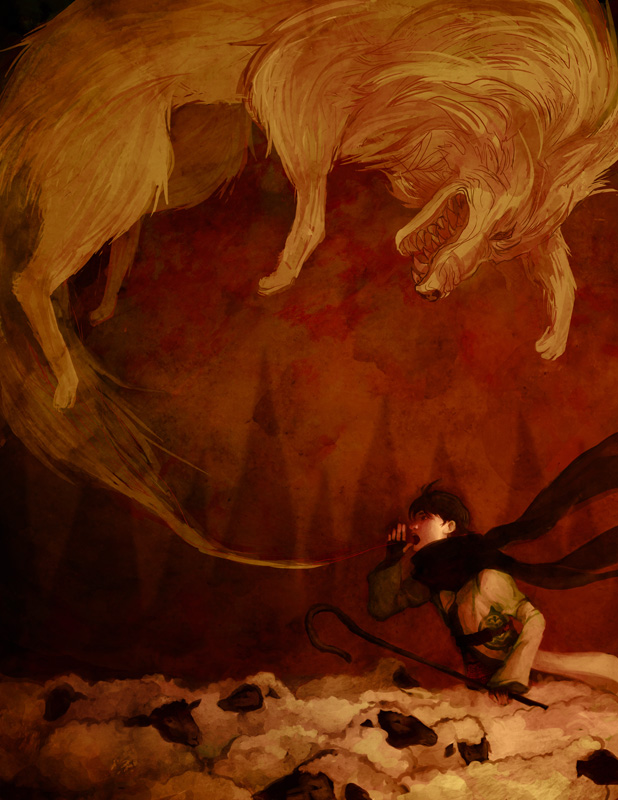I was reading this story to my son the other evening all snuggled up in bed and the words are so beautiful I wanted to share them with you... I think this extract speaks for itself.
Extract from The Velveteen Rabbit, by Margery Williams
“What is REAL?” asked the rabbit one day, when they were lying side
by side near the nursery fender before Nana came to tidy the room. “Does it
mean having things that buzz inside you and a stick-out handle?”
“Real
isn’t how you are made,” said the Skin Horse. “It’s a thing that happens to
you. When a child loves you for a long, long time, not just to play with, but
REALLY loves you, then you become Real.”
“Does it hurt?” asked the Rabbit.
“Sometimes,” said the Skin Horse
for he was always very truthful.
“When you are Real, you don’t
mind being hurt.”
“Does it happen all at once, like
being wound up,” he asked, “or bit by
bit?”
“It doesn’t happen all at once,”
said the Skin Horse. “You become. It
takes a long time. That’s why it
doesn’t often happen to people who
break easily, or have sharp
edges, or who have been carefully kept.
Generally, by the time you are
Real, most of your hair has been loved
off, and your eyes drop out and
you get loose in the joints and very
shabby. But these things don’t
matter at all, because once you are Real
you can’t be ugly, except to
people who don’t understand.”
“…. Once you are Real you can’t
become unreal again. It lasts for always.”

